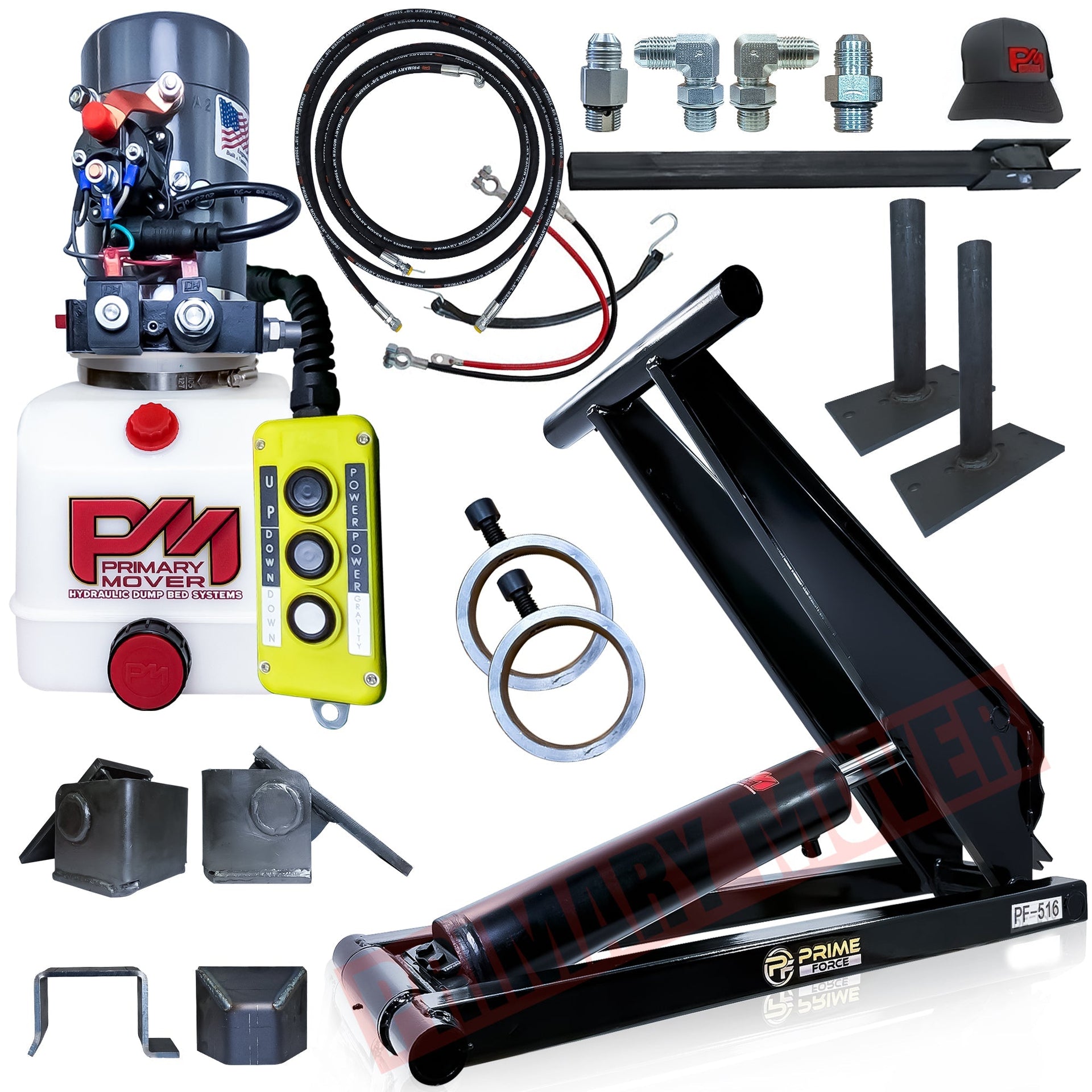10 years of experience as a food machinery equipment manufacturer
10 years of experience as a food machinery equipment manufacturer
Investing in hydraulic hoist equipment represents a significant commitment for businesses across manufacturing, construction, warehousing, and automotive industries. The performance, safety, and longevity of these critical lifting tools directly impact operational efficiency and profitability. With a diverse range of models available, identifying the features that offer the most value for the investment is essential. Focusing on specific attributes ensures the capital spent translates into reliable performance and tangible benefits over the equipment’s lifespan. Here are four key features consistently identified as worth prioritizing during the purchasing process.

Undoubtedly, the primary function of a hydraulic hoist is to lift and hold substantial weight safely. Choosing a unit solely based on the absolute maximum required lift is insufficient. A hoist operating continuously near its maximum rated capacity faces accelerated wear and potential safety risks. Opting for a model exceeding immediate needs by a reasonable margin provides a crucial safety buffer and enhances long-term durability.
Structural integrity goes hand-in-hand with load capacity. High-quality hoists utilize heavy-duty steel construction, employing robust welding techniques and reinforcements at critical stress points. Components like cylinders, pistons, and lift arms must be manufactured from high-grade materials capable of enduring significant forces. A hoist built with inferior materials or weak structural design compromises safety and is prone to premature failure, leading to costly downtime and potential accidents. Verifying adherence to recognized industry standards for structural components is non-negotiable.
Safety is paramount in any lifting operation. Modern hydraulic hoists must incorporate multiple layers of safety mechanisms to protect personnel and assets. Mechanical safety locks are fundamental, automatically engaging when the lift reaches a working height to physically prevent accidental lowering under load. Hydraulic systems themselves should include features like flow control valves that prevent sudden drops if a hydraulic line fails. Pressure relief valves protect the system from over-pressurization, another critical failure point.
Beyond core systems, consider models equipped with additional safety features like overload protection systems that warn or prevent lifting beyond capacity, low-oil shutoff switches to prevent operation with insufficient hydraulic fluid, and tilt alarms if applicable. Clear and durable safety labels and warnings are also essential. Investing in these integrated safety systems significantly mitigates operational hazards and the associated legal and financial liabilities.
The demanding environments where hydraulic hoists operate – exposed to grease, oil, impacts, vibrations, and heavy loads – necessitate exceptional durability. Long-term value hinges significantly on the overall build quality and the resilience of components. Focus on components known for their longevity: hardened chrome-plated lift cylinders resist corrosion and scoring far better than lesser finishes; high-strength steel castings and weldments withstand impact and flexing; durable hydraulic hoses and fittings resist abrasion and leaks.
The quality of seals, bearings, and hydraulic fluid reservoirs also plays a critical role in preventing leaks, reducing friction, and maintaining smooth operation. Units designed with easy maintenance access points simplify routine servicing, contributing positively to lifespan. A hoist built with premium components might carry a higher initial price tag, but its extended service life and reduced frequency of repairs and part replacements translate into a significantly lower total cost of ownership.
Ease and speed of operation directly affect productivity. Hydraulic hoists offering smooth, precise, and controlled lifting and lowering cycles reduce operator fatigue and improve the accuracy of positioning loads, particularly important in delicate operations like automotive engine work. Consider features like proportional controls that allow for variable speed adjustments.
User-friendliness encompasses intuitive control placement for effortless maneuverability and visibility during lifting. Features such as self-positioning saddles or specialized arms can expedite specific tasks. While power sources vary, electric-over-hydraulic models are increasingly favored for their quiet operation, consistent power without engine exhaust, and indoor suitability. Assessing the ergonomics and workflow compatibility ensures the equipment enhances, rather than hinders, operational throughput.
Choosing hydraulic hoist equipment requires looking beyond the initial price tag. Prioritizing models that excel in these four key areas – robust capacity and structure, comprehensive safety systems, exceptional durability, and operational efficiency – offers a roadmap towards maximizing value. These features collectively enhance safety, increase equipment longevity, minimize downtime and maintenance costs, boost productivity, and ensure regulatory compliance. Carefully evaluating hoists against these critical criteria empowers businesses to make informed purchasing decisions that deliver reliable, cost-effective lifting performance and a strong return on investment for years to come.
